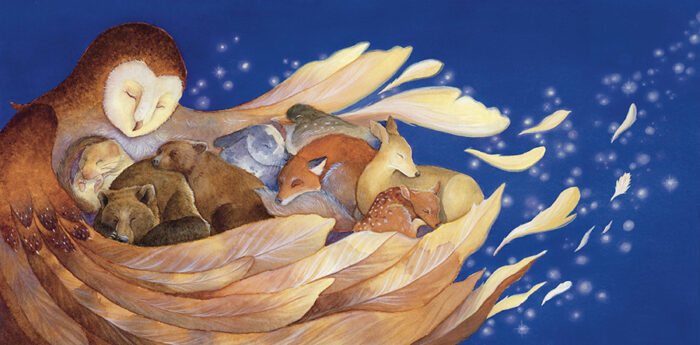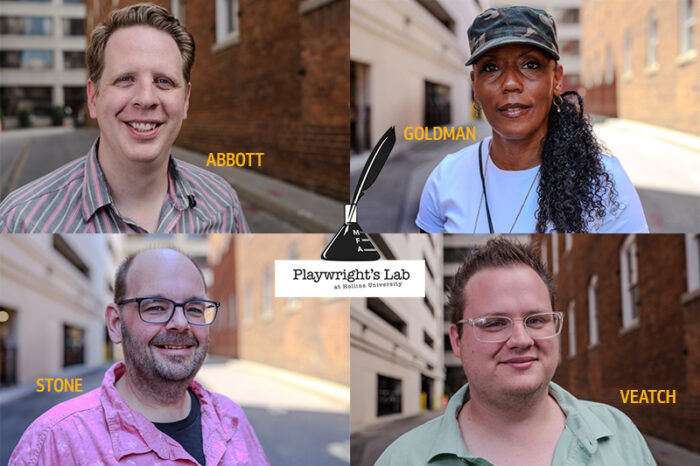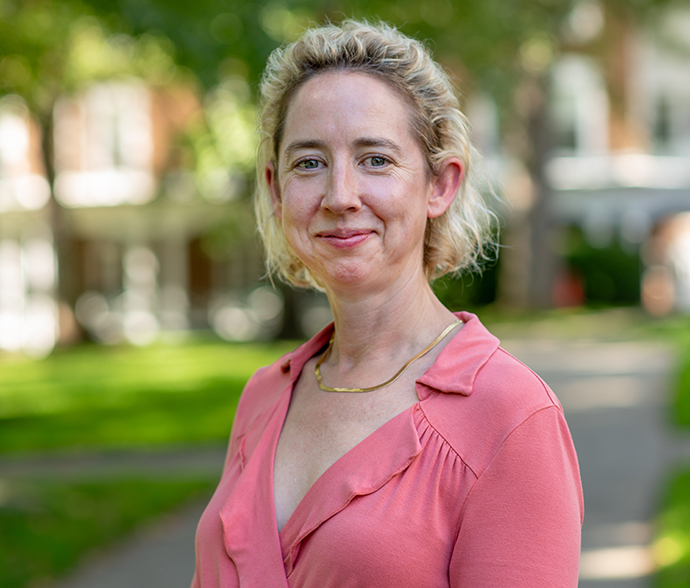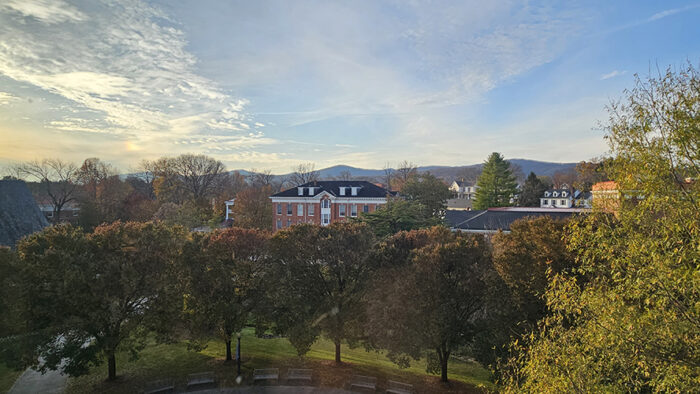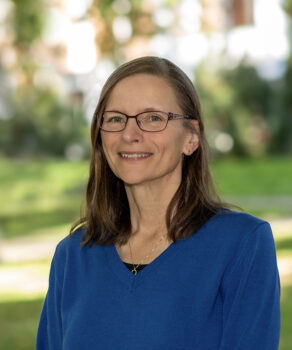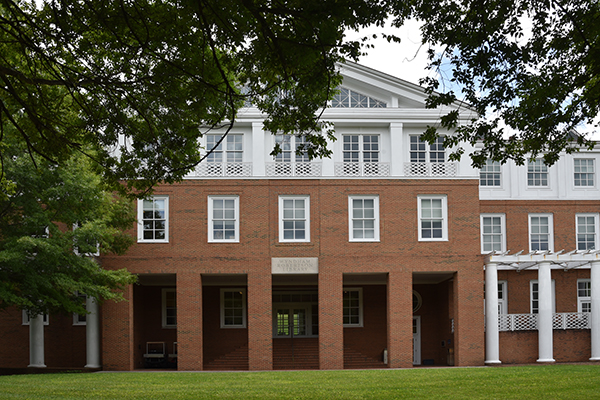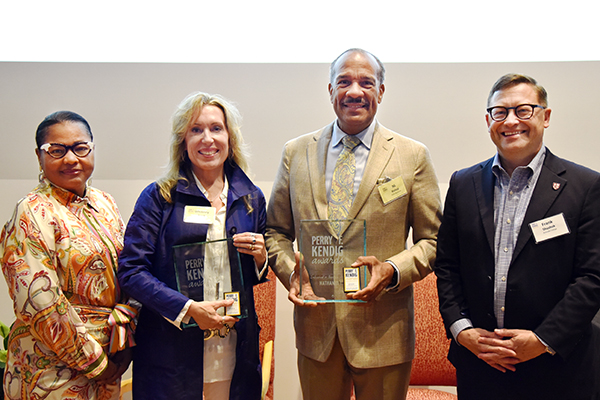When first asked about earning a prestigious Steinbeck Fellowship, Meghana Mysore M.F.A. ’22 is immediately self-effacing: “Of course I didn’t expect it to work out, but it felt worth a try.”
The attempt paid off. The Martha Heasley Cox Center for Steinbeck Studies at San José State University recently announced that Mysore is one of six Steinbeck Fellows for the 2022-23 academic year. Named in honor of American author John Steinbeck, the fellowship offers creative writers of any age and educational background a $15,000 grant to finish a major writing project. Fellows typically reside in the San José area to attend in-person workshops and campus community events, but participation will be virtual for 2022-23 due to ongoing COVID-19 complications.
As a Steinbeck Fellow, Mysore will continue work on her M.F.A. thesis, a novel-in-stories currently titled Delayed Connections. “The book follows an Indian-American family in the Pacific Northwest, and explores questions of loss, desire, and joy in this family, along with the ways in which the external world of the very white suburb where they live acts on the dynamics between the family members,” she said. “The stories deal mostly with three characters — Srinivas, Lakshmi, and their American-born daughter Surya — and the gap between the two generations of this family, and the ways in which they can’t communicate. It’s thinking a lot about communication and what we’re willing to confess to strangers, versus the people closest to us.”
Like any writing project, Delayed Connections has been evolving for a long time, starting when Mysore was studying English at Yale University. “My undergraduate thesis actually consisted of four of these stories. I considered those first four stories linked because they were all about the same family, but the stories moved into different periods of time and were more loosely linked,” she explained. “Coming into my M.F.A. at Hollins, I knew that I wanted to keep exploring these stories. I thought they would continue to be linked stories, but they eventually became so tightly wound-up that the project felt like a novel in some ways, while the stories themselves are like episodes.”
She continued, “At Hollins, I’ve been exploring a lot more of the supporting characters and the characters who could offer a different viewpoint into this family. It moves into the past of these characters, including the parents’ time growing up in south India in the 1980s and when they left for the United States. But I think the question for all these characters is whether or not the dream of belonging is enough, and the idea of the American dream and where does it succeed and where does it fail, on the micro-level of this family.”
Mysore also credits some of the bigger shifts in her manuscript to her time at Hollins. “My thesis advisor, Scott Blackwood, has been really helpful in seeing the expansiveness of the project and writing in the in-between moments. He gives so much importance to memory, nonlinearity, and the past and the present, and how they intertwine in fiction. Like I said, the project started as these four stories that were connected through these central characters, but I hadn’t thought about the interstitial moments. I hadn’t thought about the characters who are in the periphery of these stories, but who are still important and can offer a perspective on the central characters.”
For instance, Mysore noted that “the novel’s first story is about the mother character — Lakshmi — and her fraught relationship with her mother-in-law, and how the mother-in-law’s conceptions of beauty and light skin eroded the relationship between them. But later in the novel, there’s a story from the mother-in-law’s perspective, where we understand what formed her perspective of beauty and light skin, and the ways that other people shaped that. So the stories are constantly turning in on themselves. I wanted them to each feel like they could stand alone and float in space, but hopefully as you read them together each story is alive with more complexity.”
Mysore’s relationship with Hollins actually extends back to her high school years, when she received an honorable mention in the university’s annual Nancy Thorp Poetry Contest, which is open to young women who are sophomores or juniors in high school. “The contest made me realize that Hollins really values creativity, and that kind of valuation is still rare. But you come here, and English and creative writing are some of the most popular majors. When I taught undergrads this past year, I could tell there’s a care and respect for creative writing. It’s not treated as lesser,” she said.
“I was also drawn to Hollins’ multi-genre approach. I first wrote poetry and discovered fiction in college. I thought Hollins was a place where I wouldn’t have to suppress my more poetic sensibilities, and could instead bring them into my fiction. Returning to poetry helped me feel more experimental in my writing in general, and focus more on language and sound, and how character can come from that focus.”
As for her time as a Steinbeck Fellow, Mysore is ready to watch her characters expand even more. “I’m so excited to have another writing community and to get fresh eyes on the manuscript. There are still things I want to explore. Someone in my workshop at Hollins mentioned that a character featured in one of the stories could have an entire story from her perspective, and I agree. Now that I’ve felt how these stories can reach into other narratives, that just invites me to write more, and to write into those spaces even more,” she said. “It just means so much to me that this particular fellowship committee saw the potential of this manuscript, and now I’ll get a different perspective on it, all while continuing work on a project I really believe in.”
Continued work on Delayed Connections is not all that matters to Mysore; the changing world is just as important: “What we conceptualize as ‘classical literature’ often is the face of John Steinbeck and other white men, yet five out of the six people in my cohort are people of color. It just feels like a powerful statement — given the ways in which definitions of ‘literary excellence’ are tied to Steinbeck’s name — not against him, but in conversation with the ways that literature has grown and changed and started to include many more voices.”
Author Marin Harrington is a graduate assistant in Hollins’ marketing and communications department. She is pursuing her M.F.A. in creative writing at the university.
Photo credit: Gel Ramos M.F.A. ‘22




